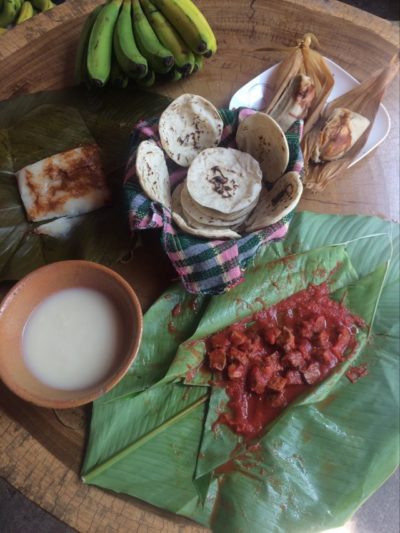
Santiago, the largest of the towns on Lake Atitlán, is a teeming mini-metropolis with a bustling market, fascinating local customs, and over 45,000 inhabitants. It’s also one of the best places in Guatemala to sample the local cuisine. It might not boast as many international options as the more touristy, expat-filled towns like San Pedro and San Marcos, but that doesn’t mean you can’t give your palate a real treat. During a visit to Santiago, you can try the delicious food that’s been appealing to local taste buds for decades, centuries, and even millennia. Here’s what to look for.
Patín
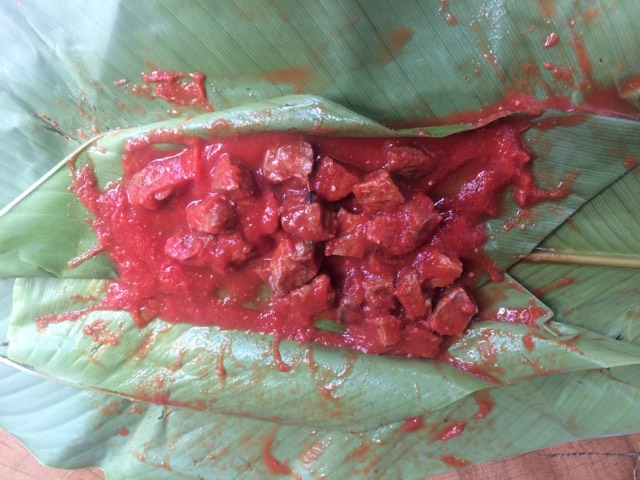
Patín is a traditional dish from the department of Sololá, but once you’ve tried it, you’ll wonder why it isn’t popular all over the world. It’s a simple food composed of tomato sauce and some sort of filling, traditionally served in folded leaves called “hojas de maxán.” Typical fillings include dried minnows (“pescaditos”), beef (“cecina”), eggs, shrimp, and chicken. You can find patín for sale outside the central market in Santiago. Look for folded green leaves in a basket, or listen for vendors calling out, “Patín, patín!” For the most authentic (and tastiest) dining experience, buy some warm tortillas from a street vendor to go along with your meal.
Chuchitos
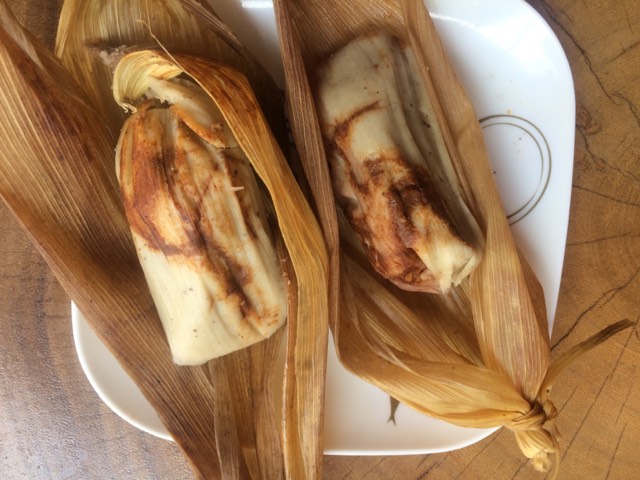
While by no means an exclusively “Atiteco” phenomenon, these Guatemalan snacks are available all around the market in Santiago. They’re essentially small tamales with tomato sauce and chunks of chicken or beef inside. The sauce is often spicy, giving the food a bit of added zest. A single chuchito is small for a meal, but it will make a perfect snack to keep you going as you tour Santiago or any of the other beautiful towns around Guatemala.
Hawaianas

You might be surprised to find a dish with such an island vibe in the misty highlands of Guatemala, but hawaianas are undoubtedly among the most delicious foods available in Santiago. Featuring beef, vegetables, pineapple, and cheese pressed between two tortillas, they most closely resemble the “gringas” popular in Mexico. It’s the pineapple, of course, that gives the food its island name and tropical flavor. They’re sold in most taco shops (“taquerías”) in Santiago, especially around dinner time.
Tamales

While you’re probably familiar with this food from its popularity in Mexico, it’s worth noting that the Guatemalan variety is a bit different. Tamales are made from corn dough wherever you find them, but around Lake Atitlán they’re served in “hojas de maxán” rather than the corn husks favored north of the border. They often have a gelatin-like consistency, something that can put you off if you aren’t expecting it. Don’t be afraid to dig in, however, since tamales are among the most delicious foods you can sample around the lake. Made with a beef or chicken filling, they’re readily available all around the market in Santiago.
Atole
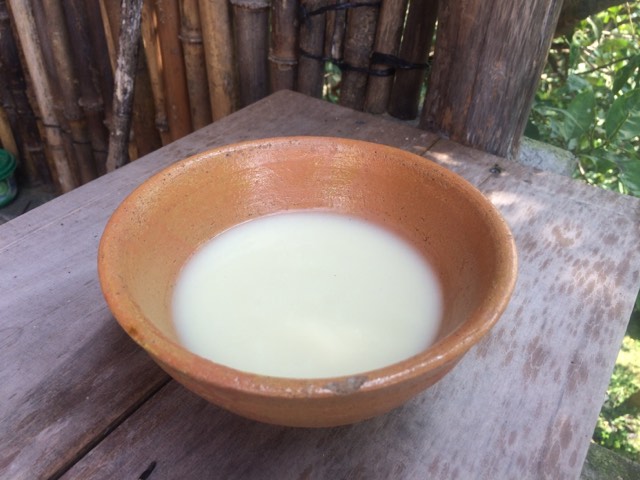
If you’re looking to try something with a long history in the region, then a warm serving of atole is the way to go. Made of nixtamalized corn, the drink has been a central part of the local diet since the earliest days of Mesoamerican civilization. Not only will your taste buds appreciate the syrupy texture and sweet taste, but you’ll also enjoy the otherworldly experience of casually sipping a drink that served as a staple for ancient civilizations. Just make sure don’t oversleep as atole is available primarily in the morning.
Arroz con Leche (o Con Chocolate!)
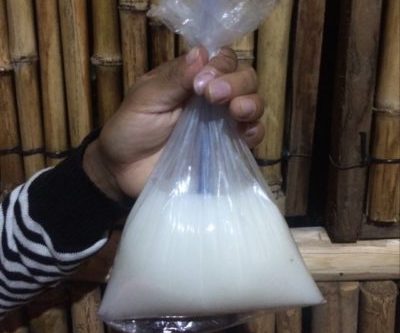
Don’t feel guilty if you’d like to pass on the atole in favor of something even sweeter. Arroz con leche, or rice with milk, is a delicious option for drinking dessert. Sweetened with sugar and cinnamon, the somewhat solid beverage will give you that pleasant feeling of being contentedly full. For a different flavor, try asking for arroz con chocolate, often available with the same vendors. If you’ve ever wondered what Cocoa Krispies would taste like warm, this is your chance to find out.
Caliente
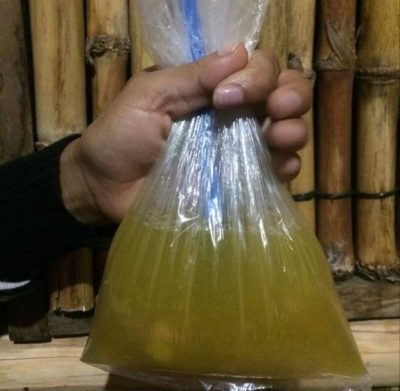
Often sold in the evening alongside arroz con leche, “caliente” is warm pineapple juice with chunks of pineapple included. It’s a great option for quenching your thirst while warming your bones on those surprisingly cold atiteco nights. To really get the full experience, try nibbling on a tostada or doblada while you’re polishing off your drink.
When in Doubt, Ask a Local
If you can’t find any of the foods on this list (and they’re not often marked with signs), don’t hesitate to ask a local to point you toward a vendor. Simply mentioning the name of the food should be enough. Even if you can’t engage in a full-on conversation, an English-Spanish-Tzutuhil is always a good time, especially when it leads you to some of the most delicious food that Guatemala has to offer.